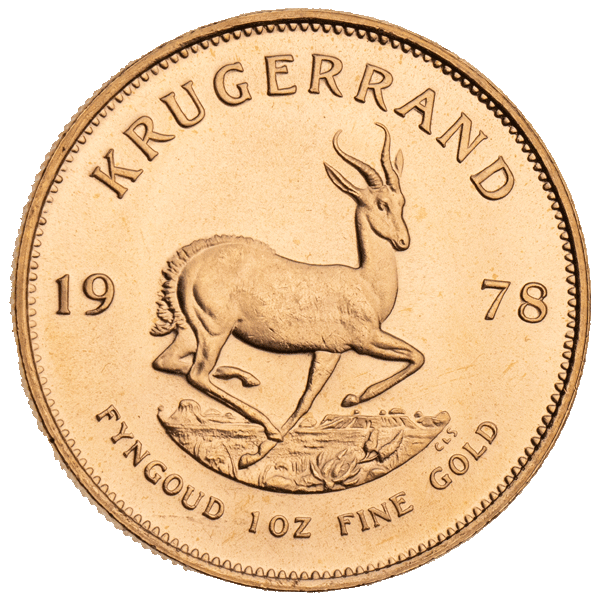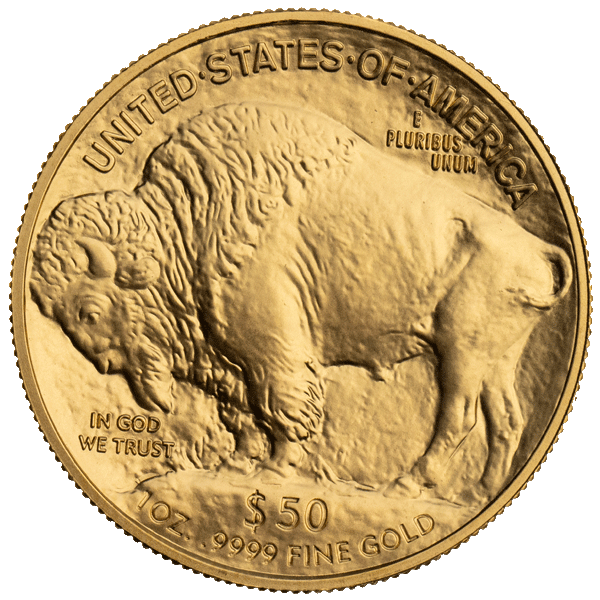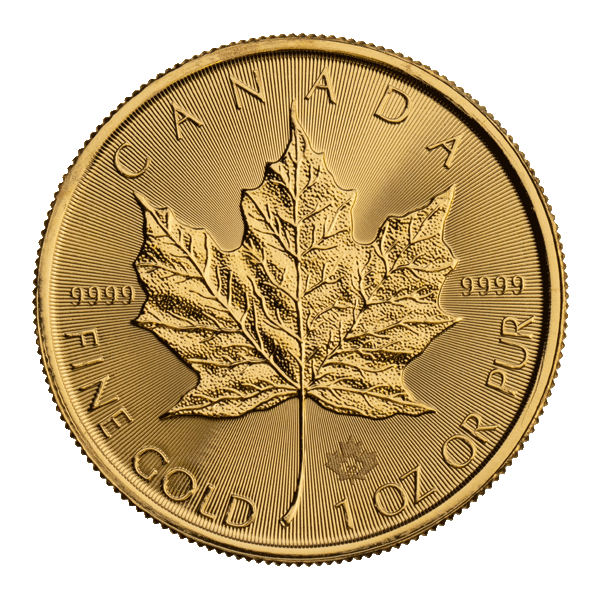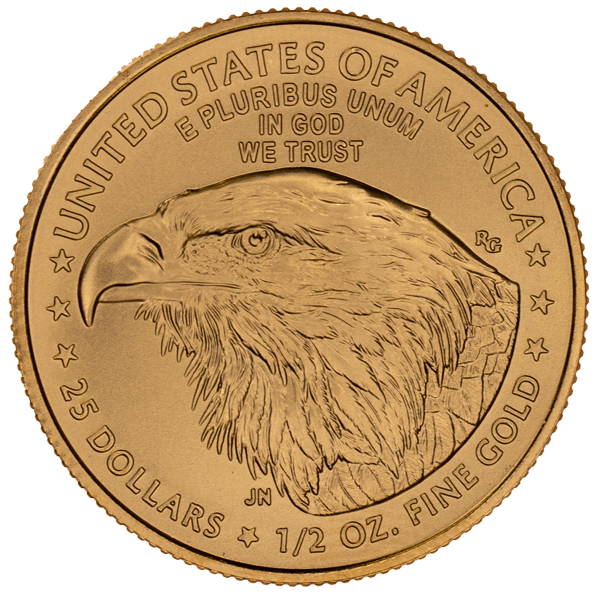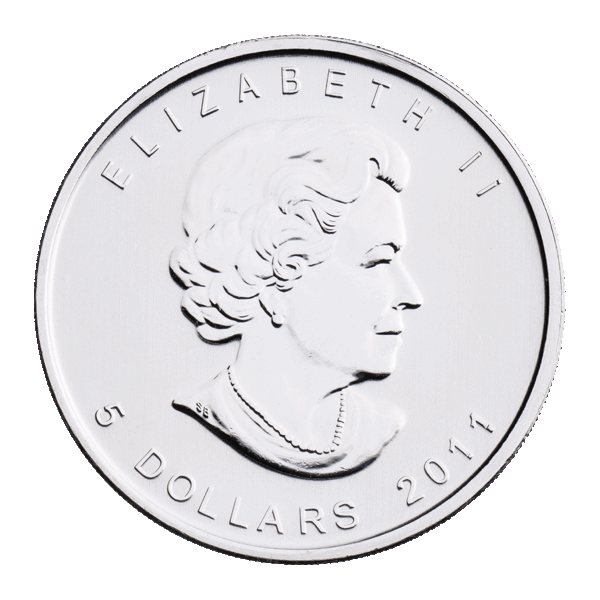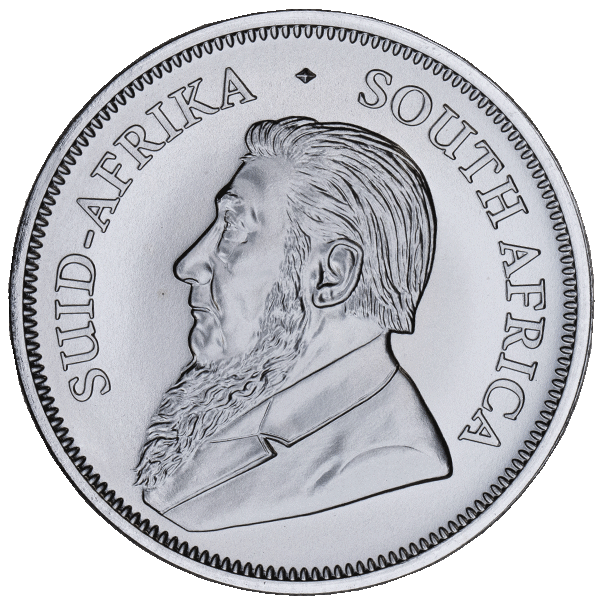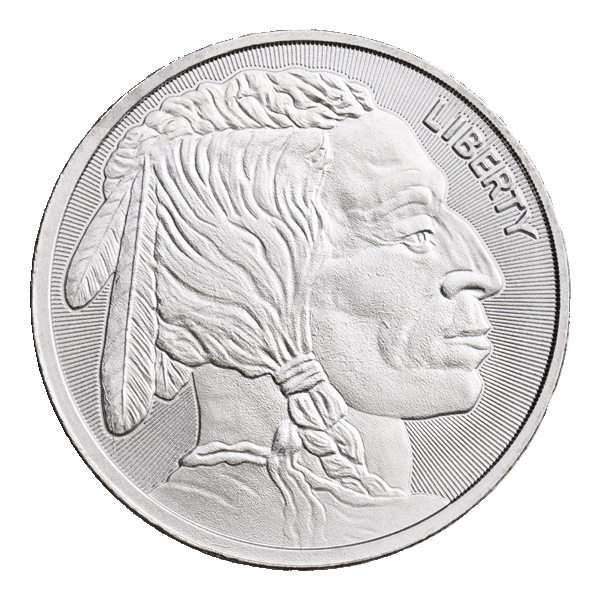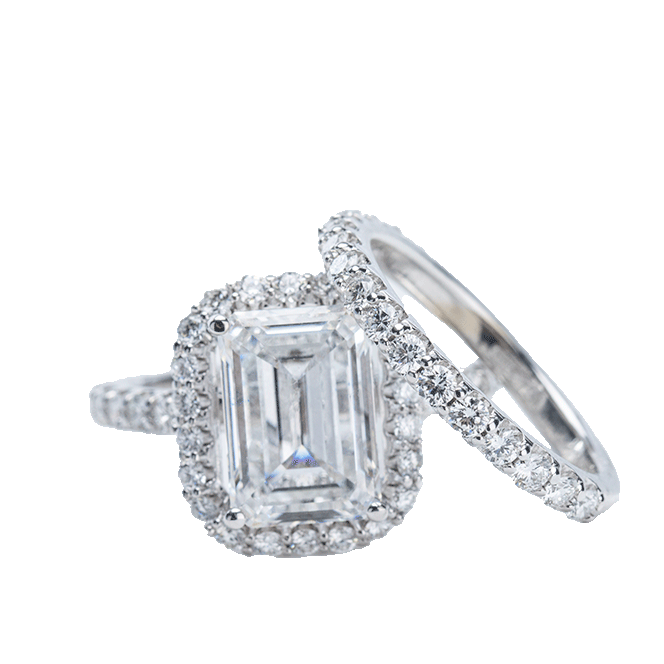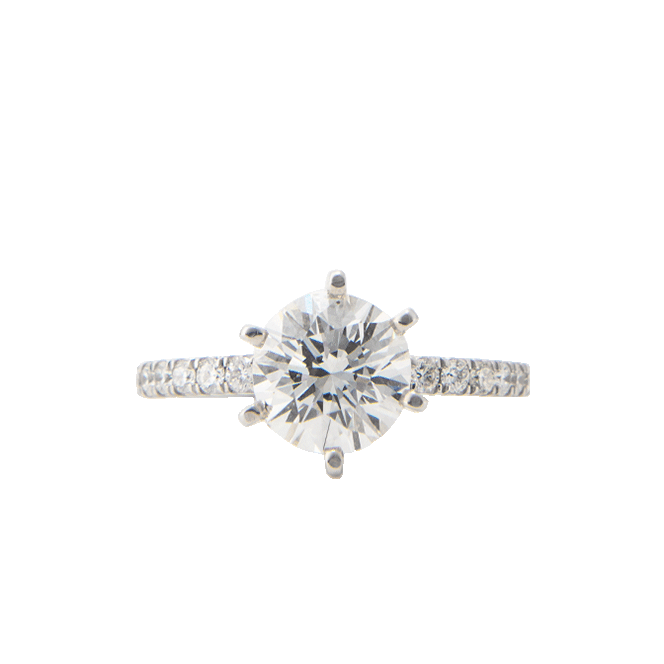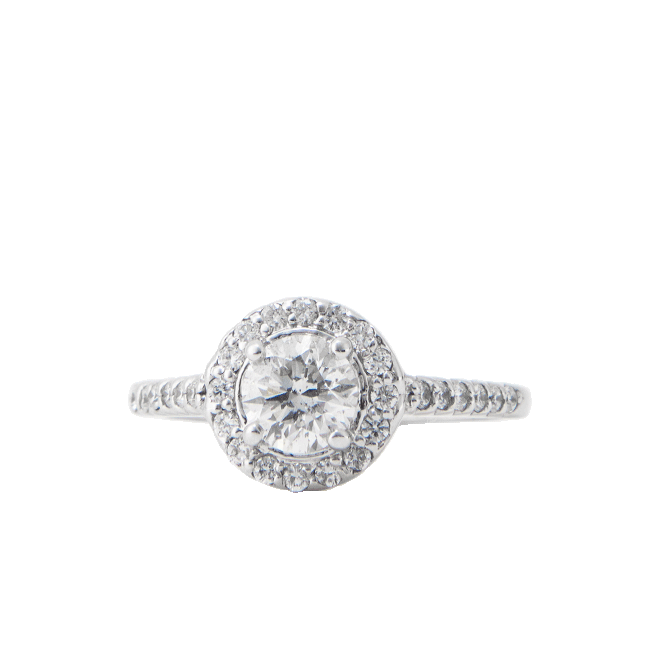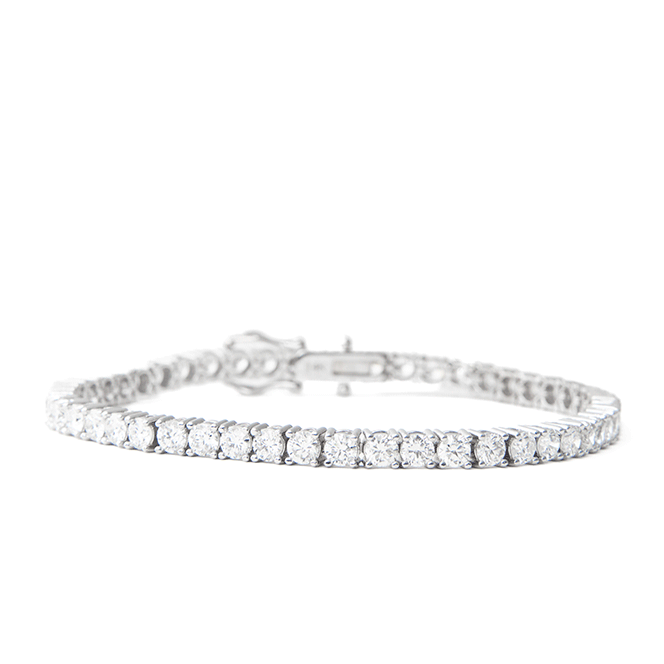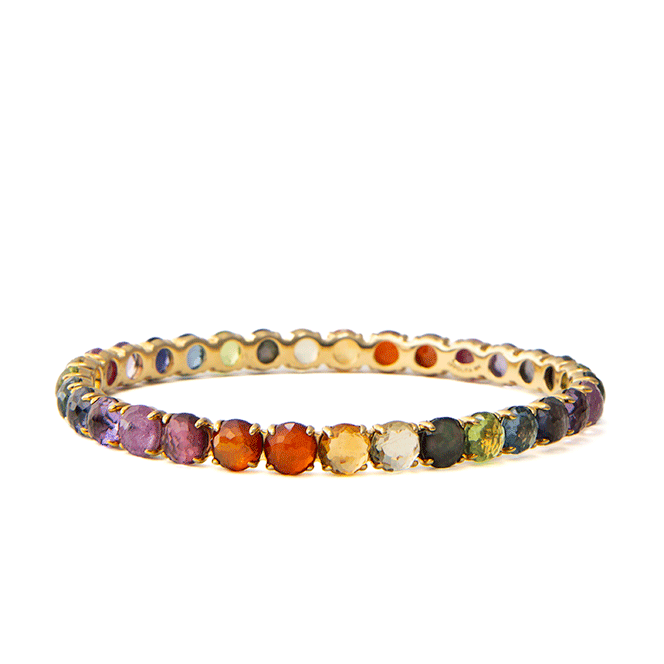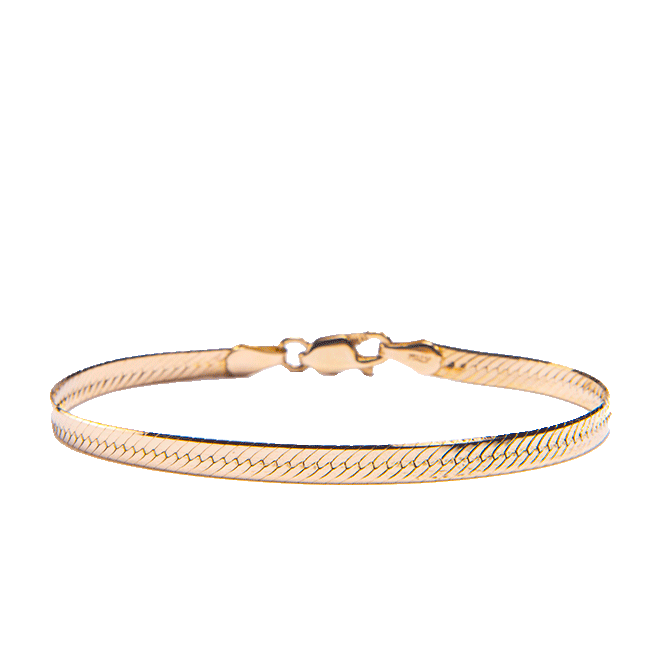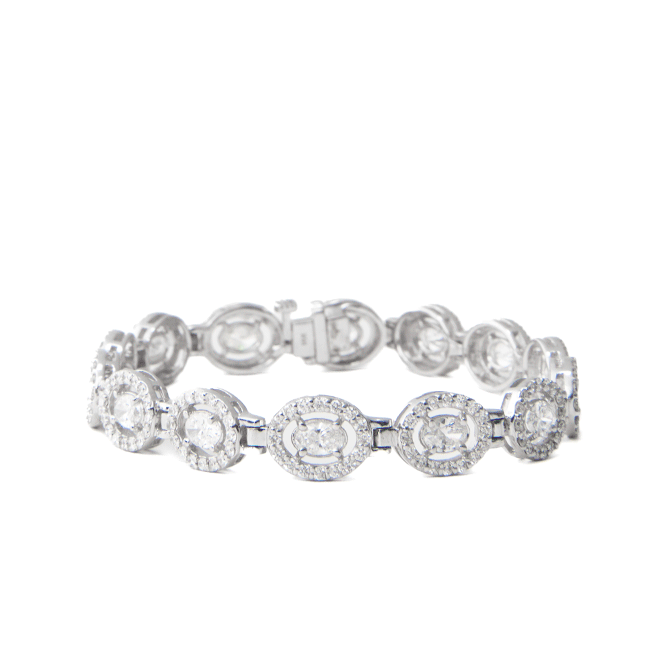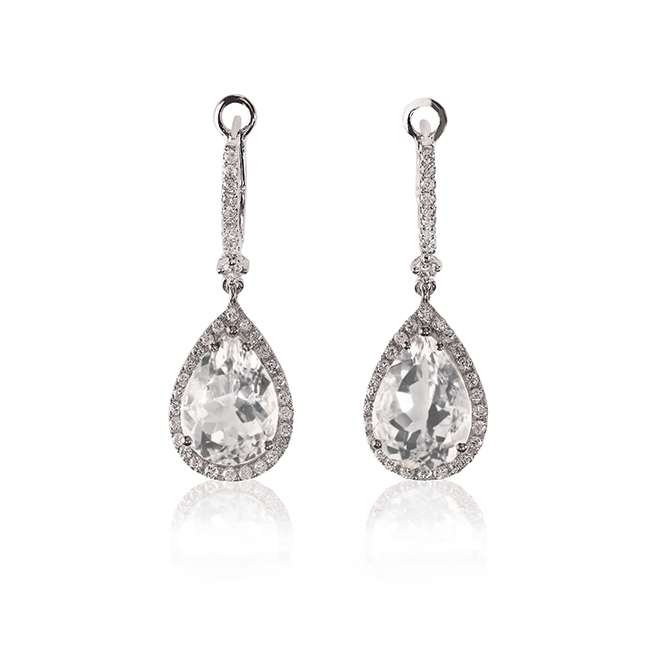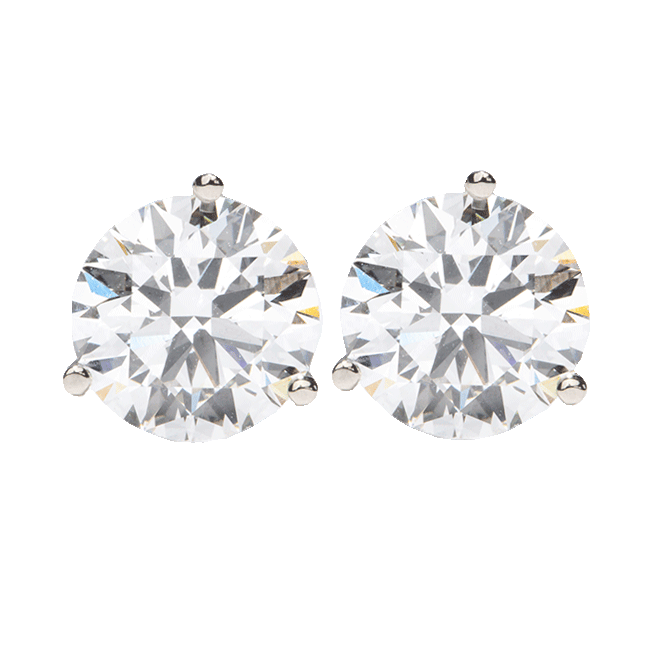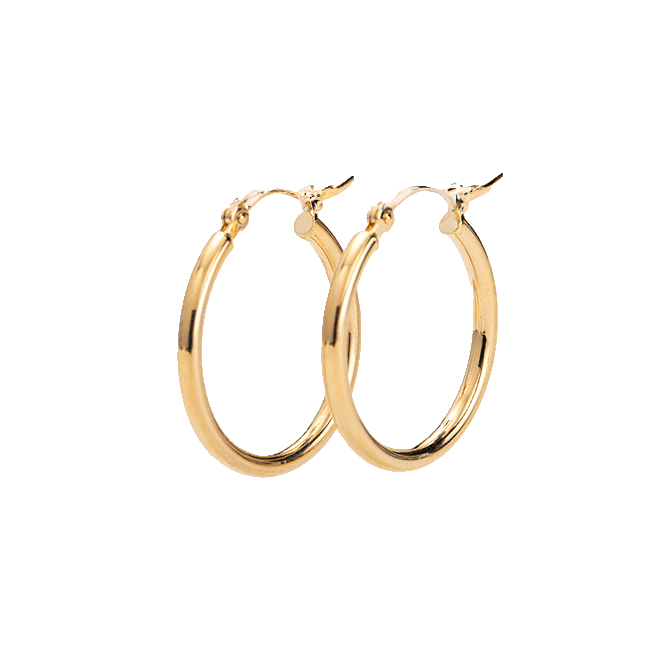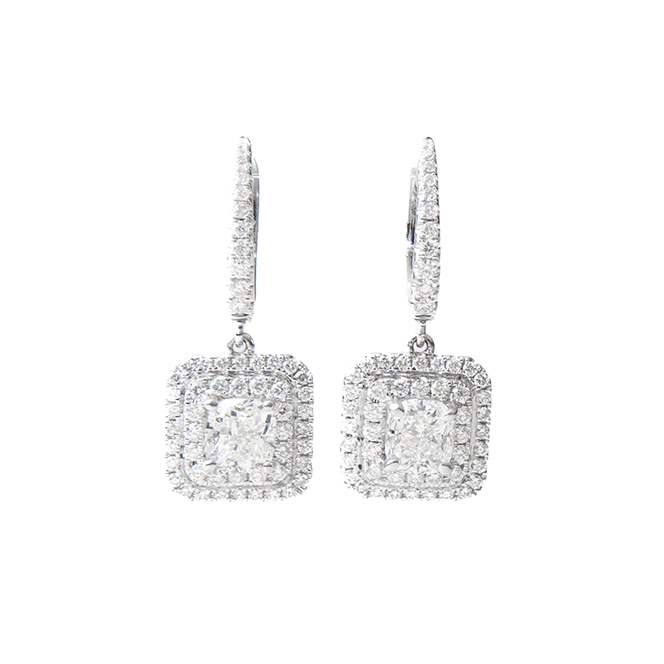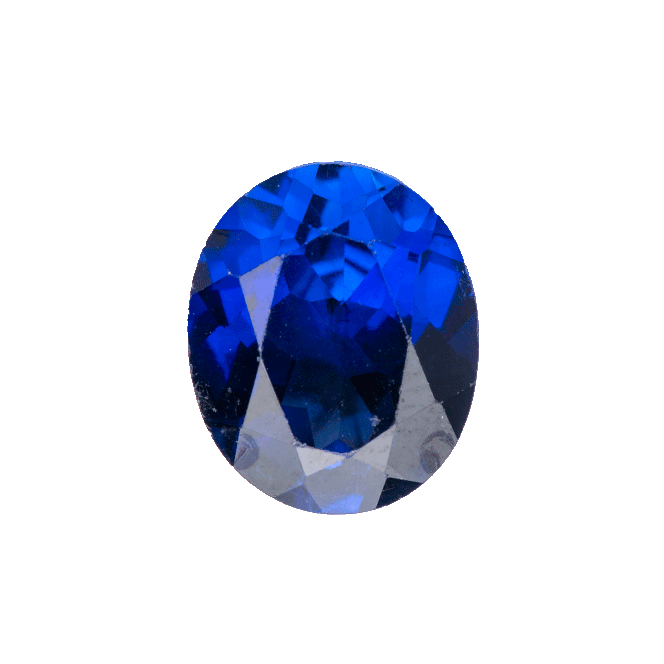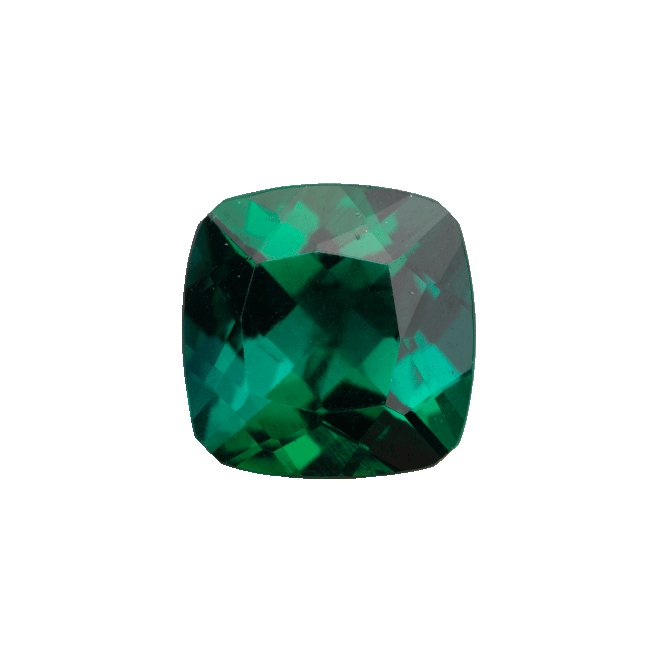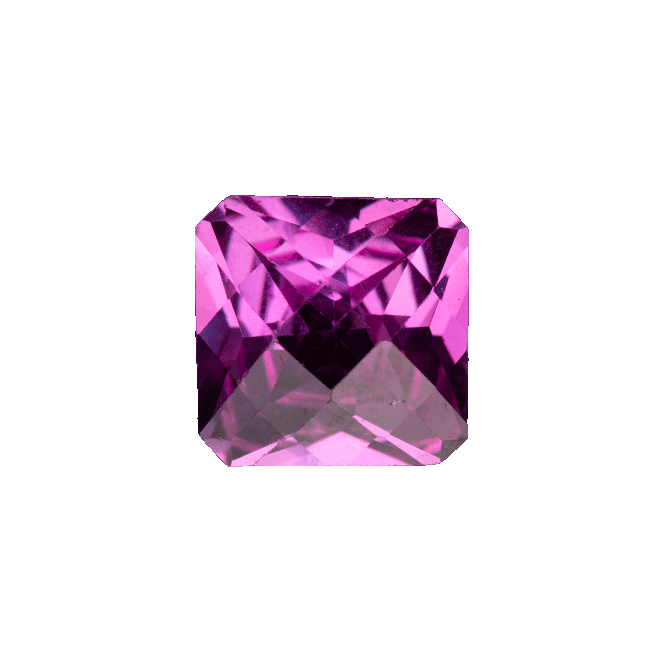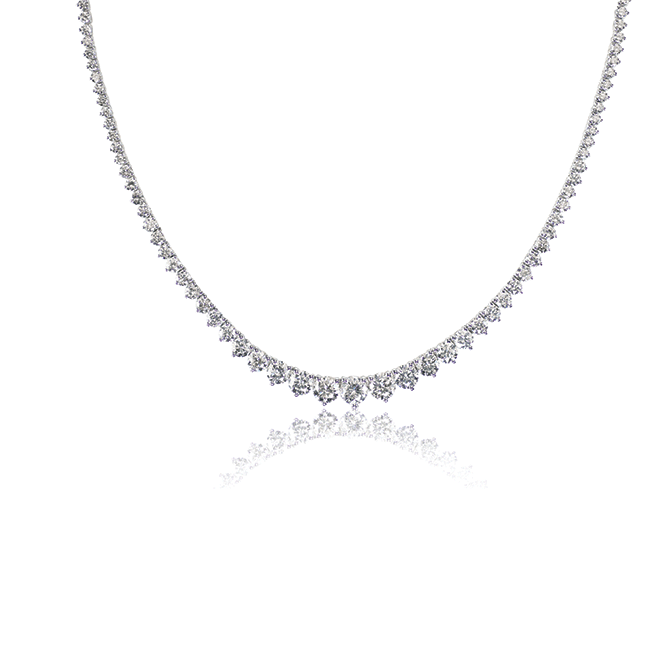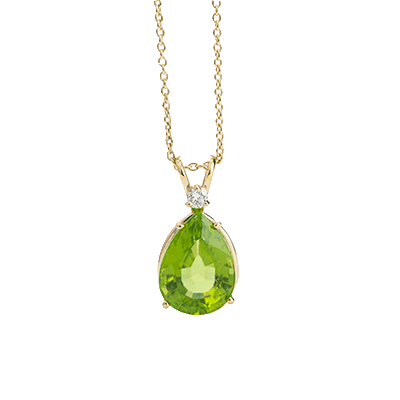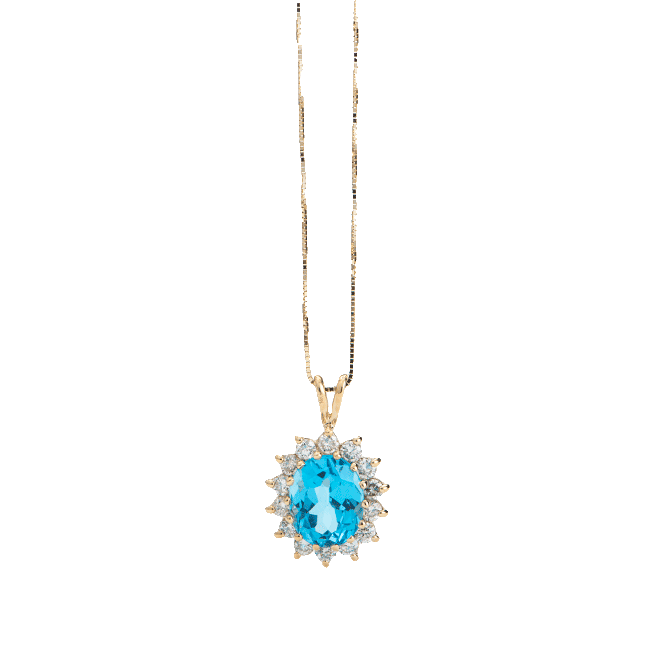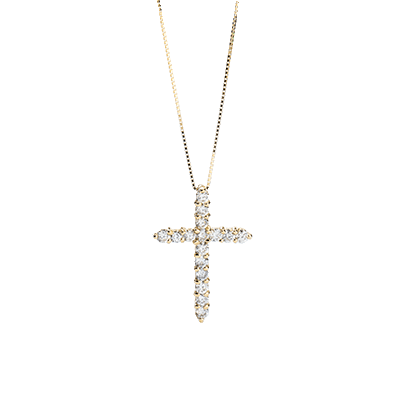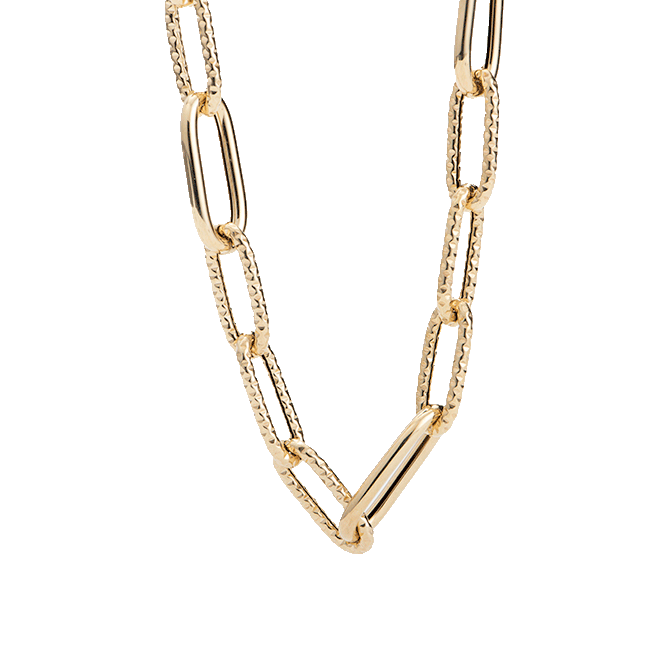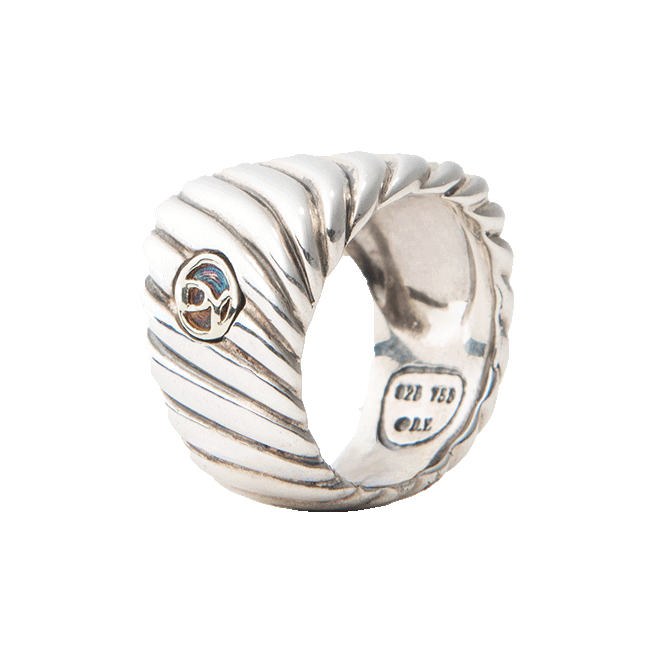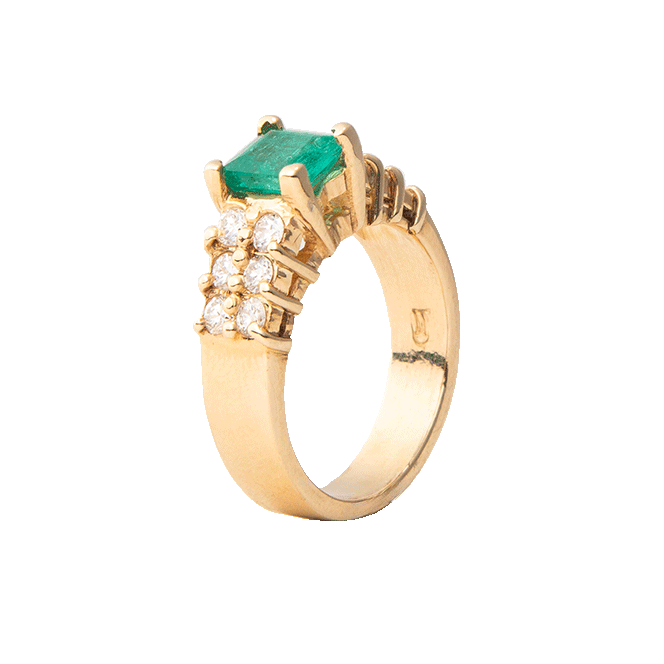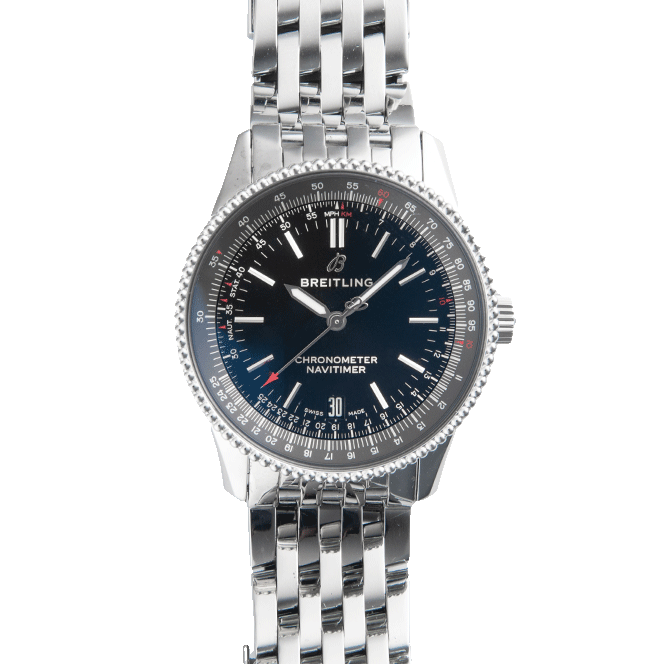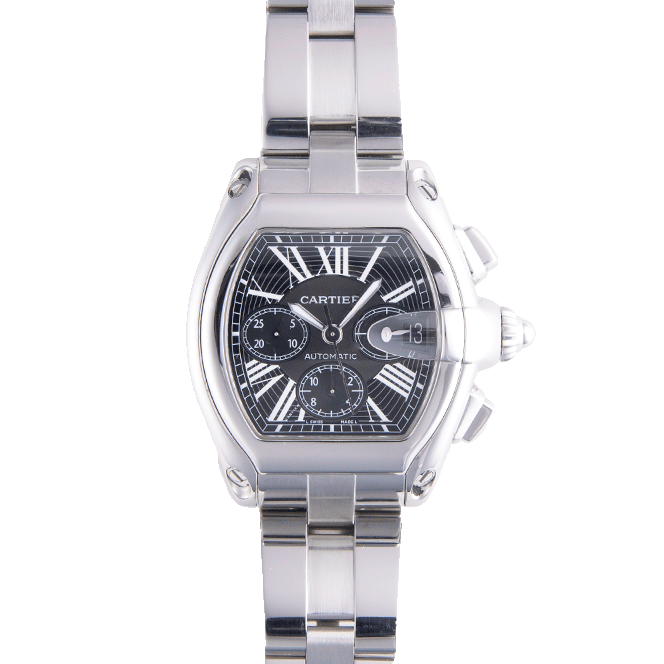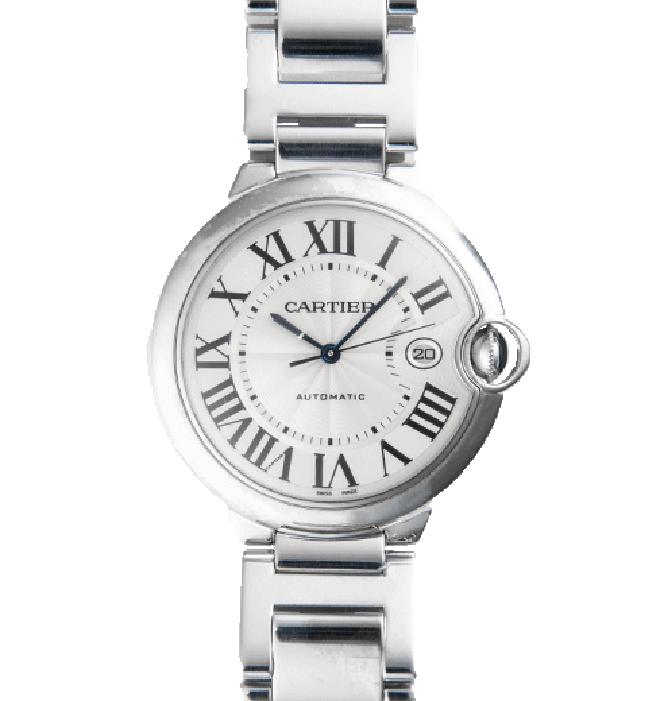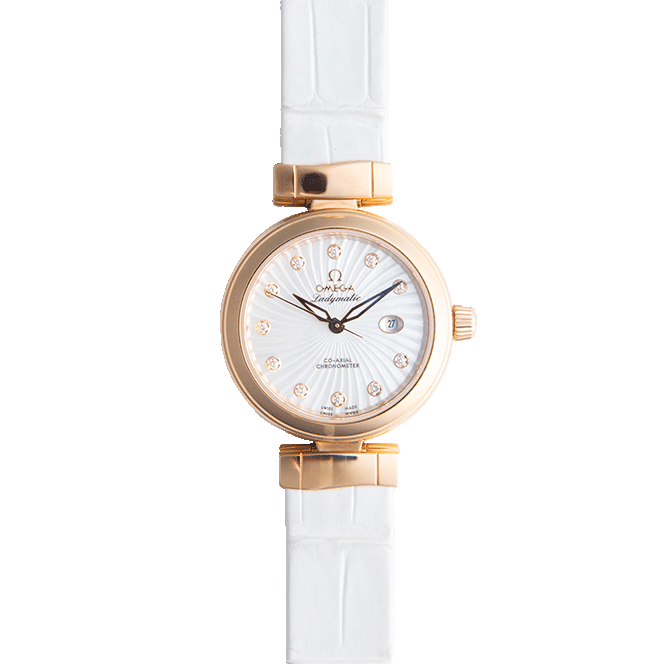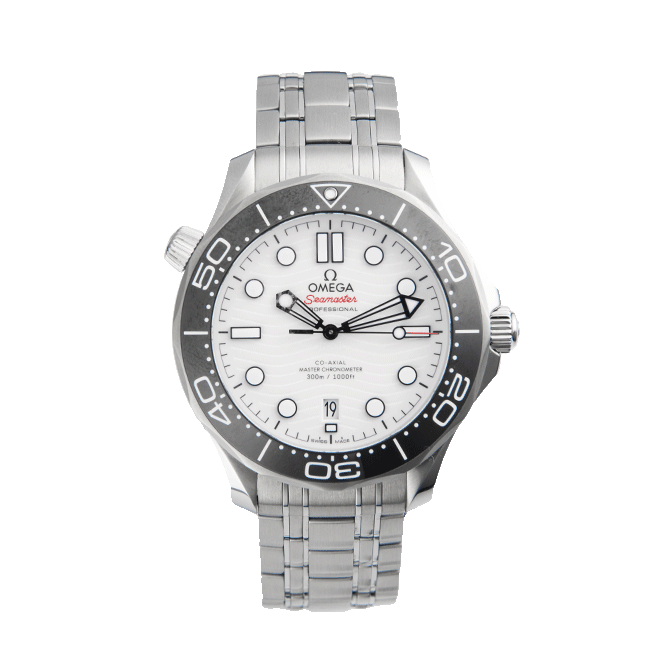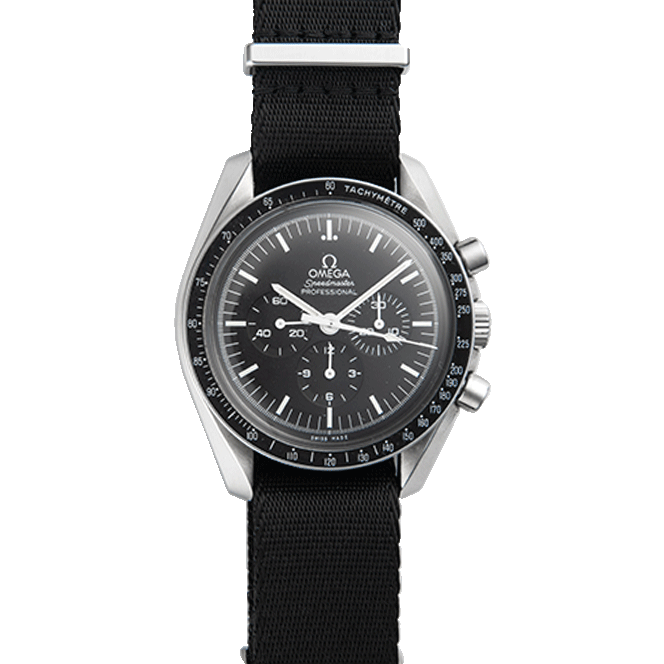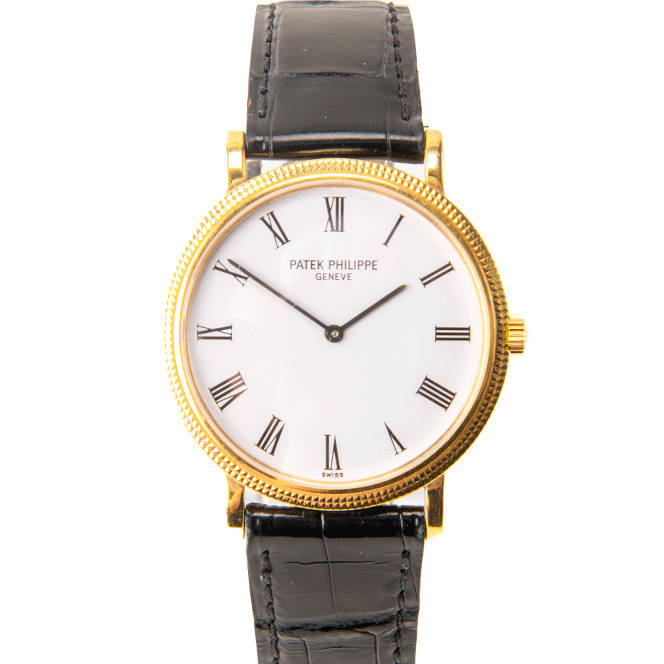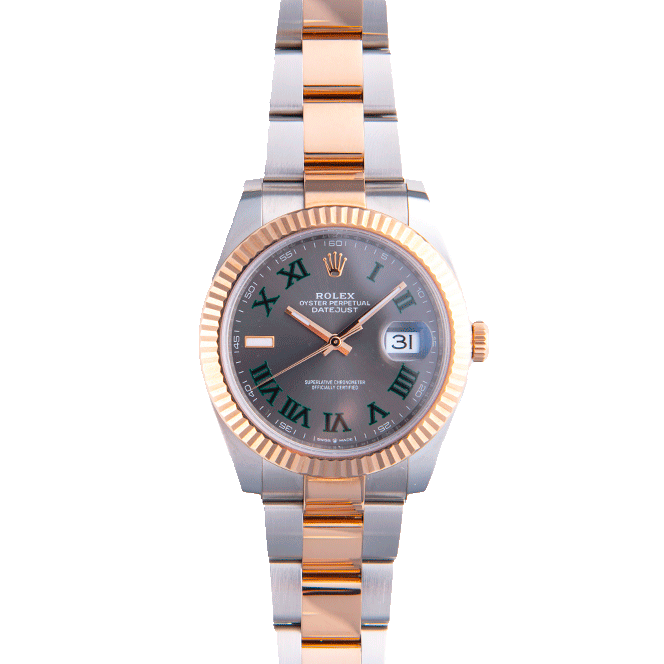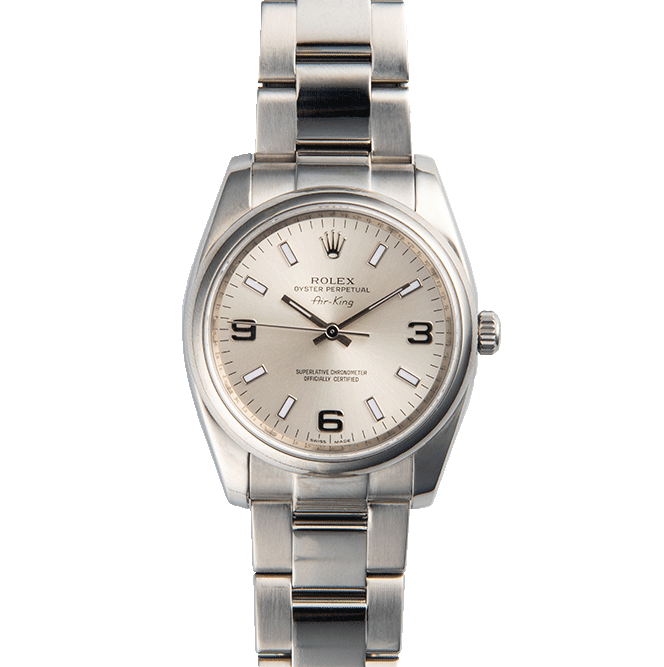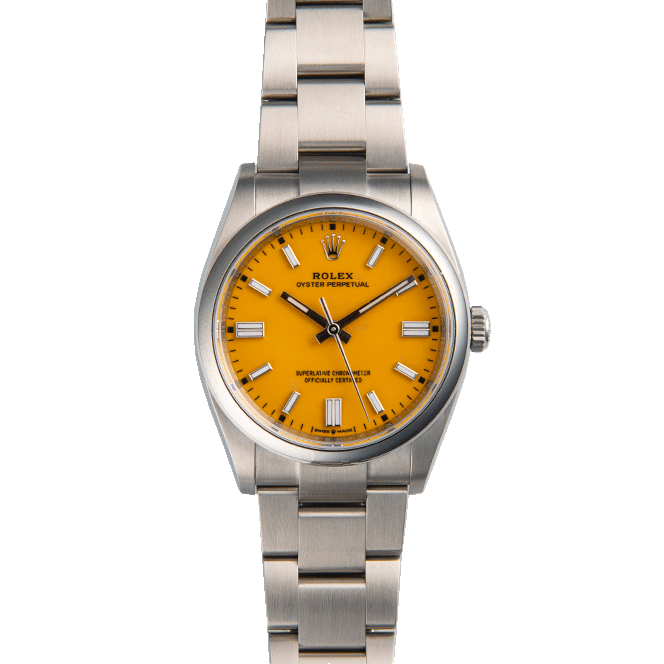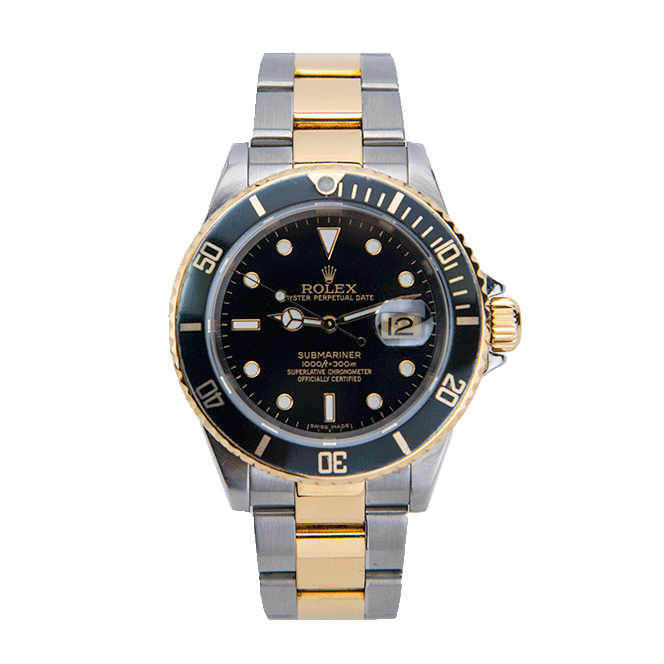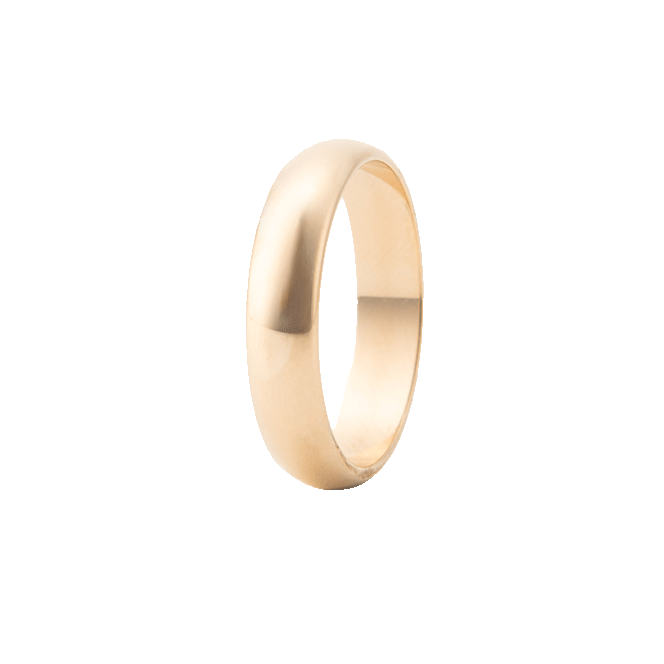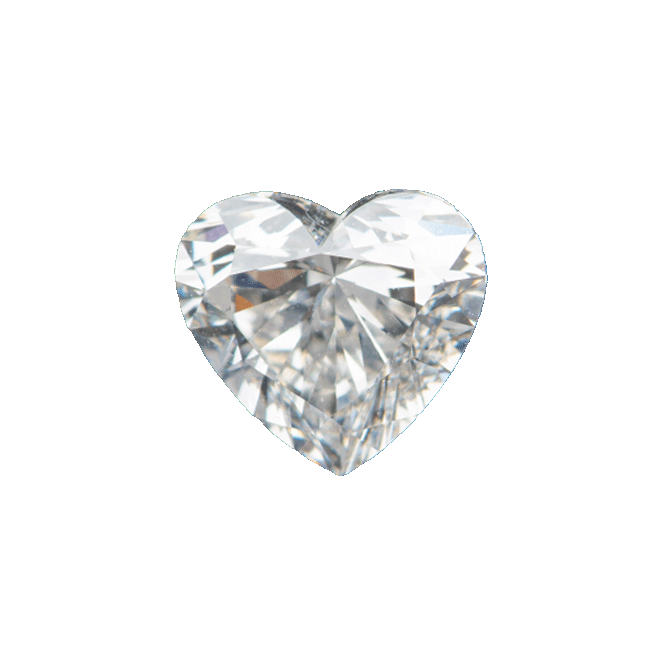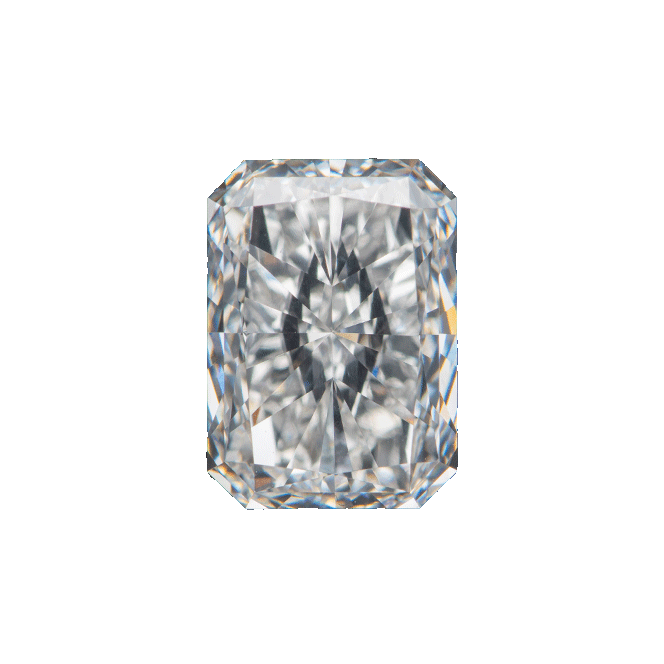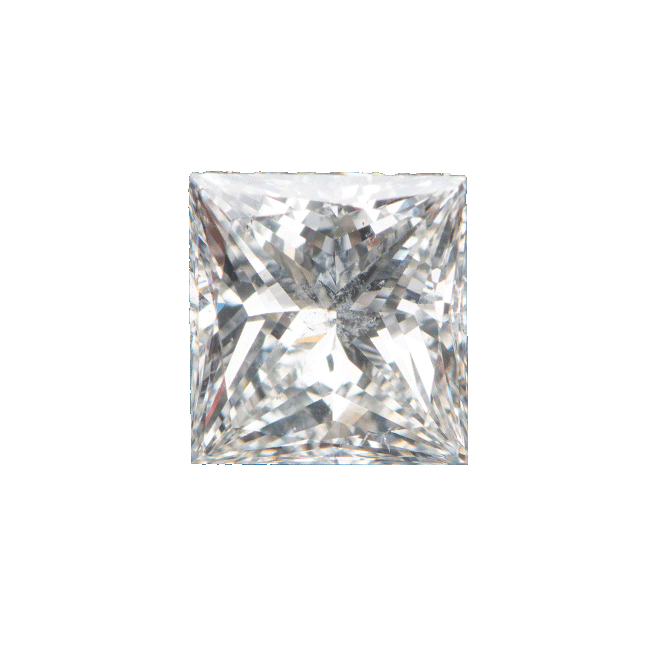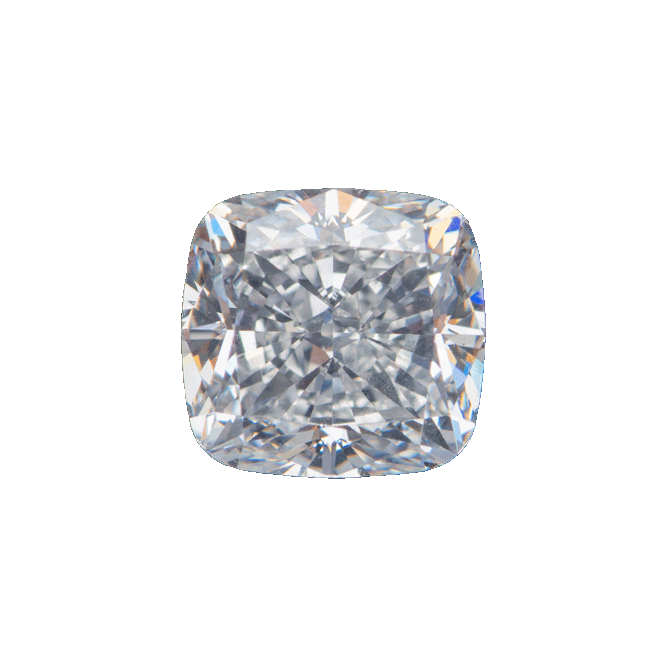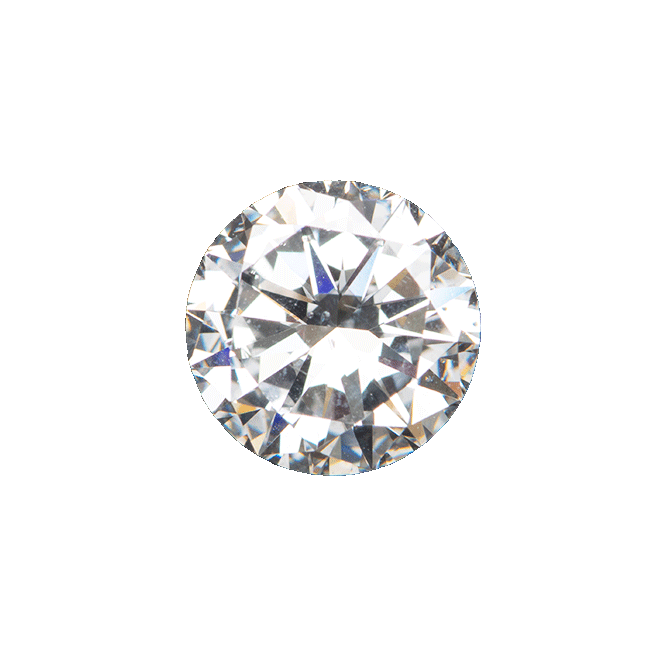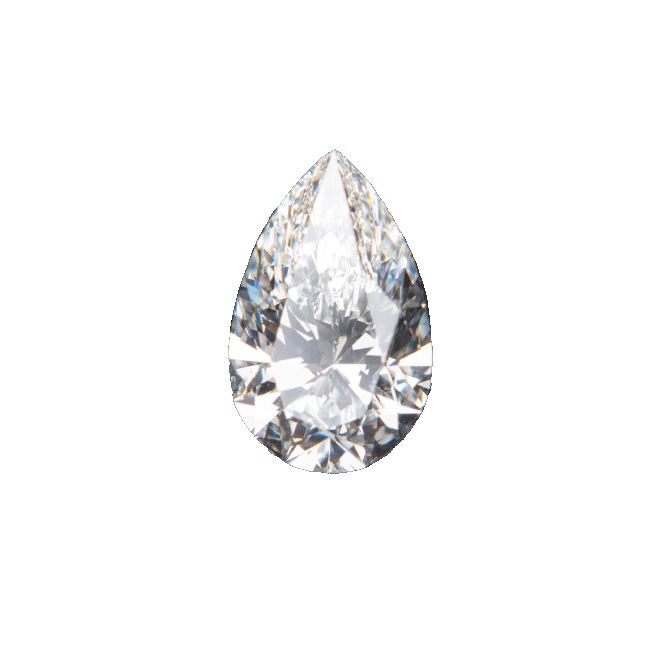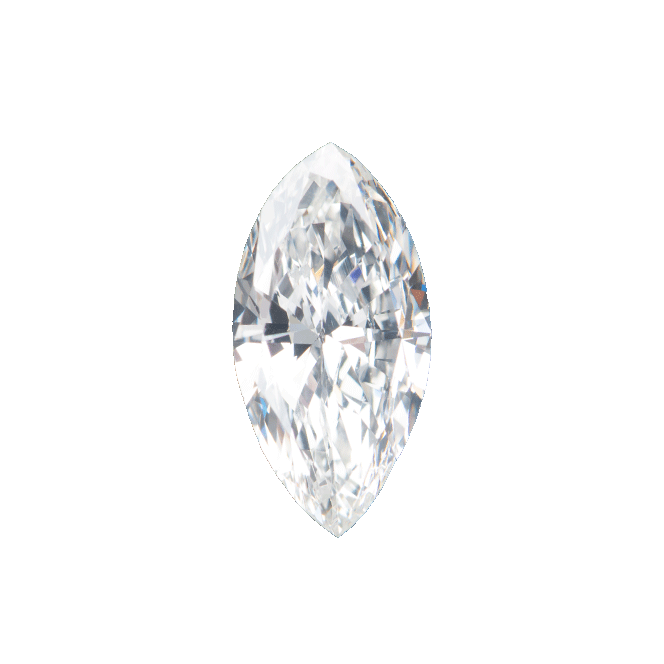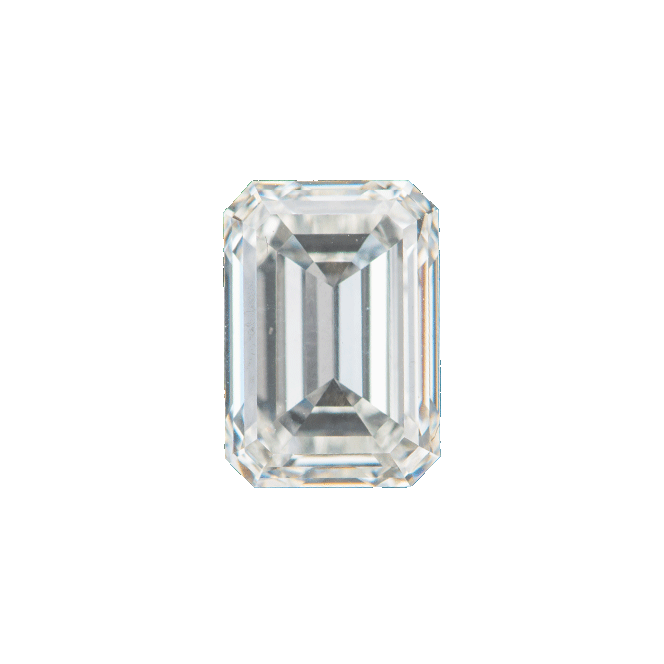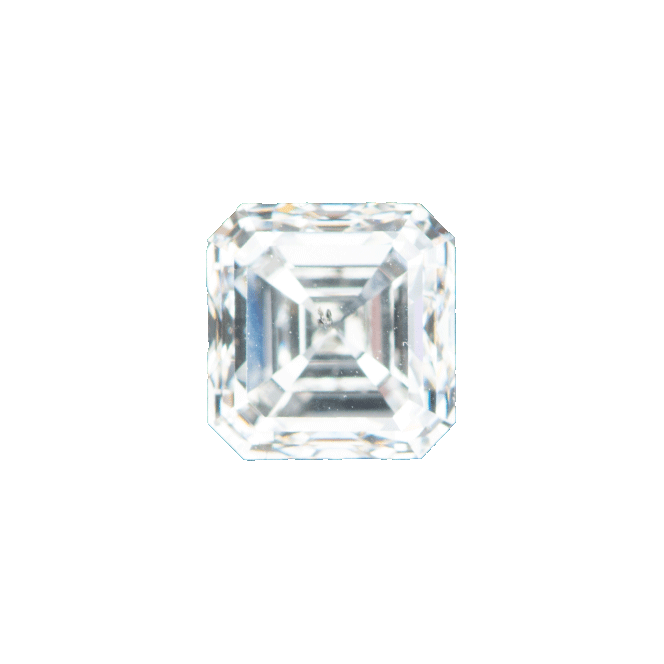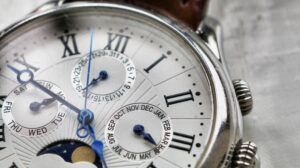When it comes to watches, there are many types of complications, each with its unique function and purpose. These intricate features elevate a watch from a mere time-telling device to an exquisite display of kinetic art, mechanical poetry, and a symbol of unparalleled craftsmanship.
The diversity of complications is a testament to the boundless imagination of watchmakers. Practical tools like calendars and chronographs coexist with the celestial elegance of moon phases and star charts. Each complication adds a distinct dimension to the art of timekeeping, showcasing the intricate dance of gears and springs hidden beneath the watch’s face.
At the heart of these complications lies humanity’s age-old quest to measure time and motion with precision and artistry. From the towering clock faces of yesteryears to the sophisticated wristwatches of today, the evolution of timekeeping devices reflects a journey from functional necessity to a celebrated form of high art. In this world, a complication is more than a feature; it’s a narrative of human ingenuity and the relentless pursuit of perfection.
What is a Watch Complication?
A watch complication refers to any feature or mechanism within a timepiece that provides added functionality beyond simply displaying the hours, minutes, and seconds. Complications represent extra modules, parts, and displays added to the base movement to track additional temporal data or perform calculations. Common complications include chronographs, perpetual calendars, moon phases, alarms, world timers, and more.
Complications vary from practical enhancements like calendars to ornate representations of cosmic movements. United through complexity, they add depth and utility for the wearer while spotlighting the maker’s eminent creativity.
Types of Watch Complications
Watch complications can be broadly categorized into several types based on their functionality. Time-related complications include features like chronographs, which act as a stopwatch, and dual time or world time functions for travelers.
Chronograph

A chronograph acts like a stopwatch, using sub-dials for seconds, minutes, and sometimes hours. Pushers control the start, stop, and reset functions. This showcases the precision and skill in watchmaking.
The term “chronograph” combines Greek words for time and writing. It’s a watch feature that’s fascinated enthusiasts for centuries. It’s a stopwatch and watch in one, tracking elapsed and current time.
The chronograph dates back to the early 19th century. Louis Moinet created it in 1816 for precise time intervals. Nicolas Mathieu Rieussec patented the first chronograph in 1821 for timing horse races, marking time with ink.
The chronograph has evolved significantly. In the 20th century, it became essential for aviators, astronauts, and divers. The Omega Speedmaster, used in the Apollo 11 mission, is a notable example.
Advancements have led to complex chronographs like flyback and split-seconds models. These allow detailed time measurements, showcasing mechanical ingenuity.
Today, the chronograph remains popular among casual users and collectors. Its rich history and practicality make it a timeless horological piece, blending aesthetics and functionality.
Perpetual Calendar
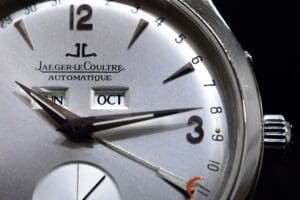
The perpetual calendar is a pinnacle of watchmaking, automatically adjusting for month lengths and leap years. It’s designed to display the correct date and time for nearly a century without adjustment.
Originating from medieval astronomical clocks, these timekeepers mimicked celestial cycles, including irregularities in the Gregorian calendar. It was in the early 20th century that brands like Patek Philippe and Vacheron Constantin miniaturized this for wristwatches, with Patek Philippe introducing the first perpetual calendar wristwatch in 1925.
This feature is a feat of engineering, with hundreds of components. It uses a program wheel, turning every four years, to account for leap years. Its complexity makes these watches highly prized and expensive.
Today, the perpetual calendar is more than a tool; it’s a symbol of horological mastery. Brands like Audemars Piguet, Rolex, and Jaeger-LeCoultre have elevated it, blending technical skill with aesthetic beauty. From the classic Vacheron Constantin Patrimony to the sporty Audemars Piguet Royal Oak, it remains a luxury watchmaking triumph.
Moonphase
The moonphase complication shows the moon’s current phase, from new to full, as seen from Earth. Historically, it was more than just decorative; it was vital for sailors, farmers, and others who depended on lunar cycles for timing.
This feature dates back to large, ornate astronomical clocks in public spaces and churches, showcasing celestial movements. As watchmaking progressed, the challenge was to scale down this function for pocket and wristwatches. Brands like Patek Philippe, Jaeger-LeCoultre, and Audemars Piguet have played key roles in refining this complication.
It typically involves a rotating disc with two moons, moved by a 59-tooth gear advancing daily. Over about 29.5 days, it completes a half rotation, showing the moon’s phases through a dial aperture. This system is quite precise, needing adjustment only every two and a half years, if the watch is kept wound.
Often found in luxury watches alongside other features like perpetual calendars and chronographs, the Moonphase is valued for both its technical and aesthetic appeal. It connects us to the celestial patterns that have intrigued humanity for ages, offering a blend of beauty, history, and mechanical sophistication. For anyone, from sailors to urbanites, a Moonphase watch is a poetic and intricate celebration of time and space.
World Time
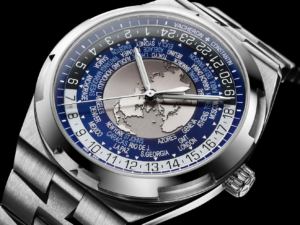
The World Time complication emerged in the early 1900s, an era marked by rapid advancements in travel and communication. During this period, watchmakers began exploring ways to create watches that could display multiple time zones. Many credit the renowned watchmaker Louis Cottier with developing the first World Time mechanism in the 1930s. His innovative design was adopted by prestigious brands like Patek Philippe and Vacheron Constantin, setting a standard for future World Time complications.
A typical World Time watch features a stationary inner ring listing cities, each representing a different time zone, and an outer ring marked with hours. The 24-hour ring rotates in sync with local time, allowing wearers to view the time in various cities by aligning the hour on the rotating ring with the corresponding city on the stationary ring. Advanced models even adjust for Daylight Saving Time, enhancing their accuracy.
Maintaining precise time in a World Time watch requires powering not just the hour, minute, and second hands, but also the rotating 24-hour ring.
Tourbillon
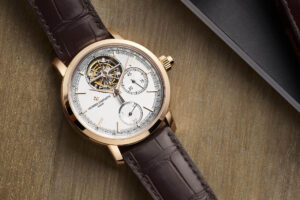
The tourbillon, French for “whirlwind,” epitomizes watchmaking mastery. Invented in 1801 by Abraham-Louis Breguet, it significantly improved pocket watch accuracy. Its ingenious design effectively counters gravity’s effects on the escapement and balance wheel.
So, what exactly does a tourbillon do? Essentially, it’s a rotating cage for these components, completing a turn every 60 seconds. This constant rotation compensates for gravity-induced timekeeping errors. Initially crucial for pocket watches, the tourbillon now primarily showcases exquisite craftsmanship.
Moreover, the cage, comprising over 40 intricate parts, weighs less than a gram. Assembling it requires utmost precision, typically achieved by hand. Visible through a watch’s face, tourbillons symbolize prestige in watchmaking.
Despite advancements in materials and technology, the tourbillon maintains its relevance. Today, it’s valued more for its artisanal display than for enhancing accuracy. Innovations like flying and double tourbillons introduce even greater complexity. In an era dominated by digital watches, the tourbillon continues to celebrate the enduring charm of traditional watchmaking.
Conclusion
Watch complications are a fascinating aspect of horology, offering a blend of functionality, artistry, and mechanical ingenuity. Understanding these features allows us to truly appreciate the complexities of horological history and craftmanship.
